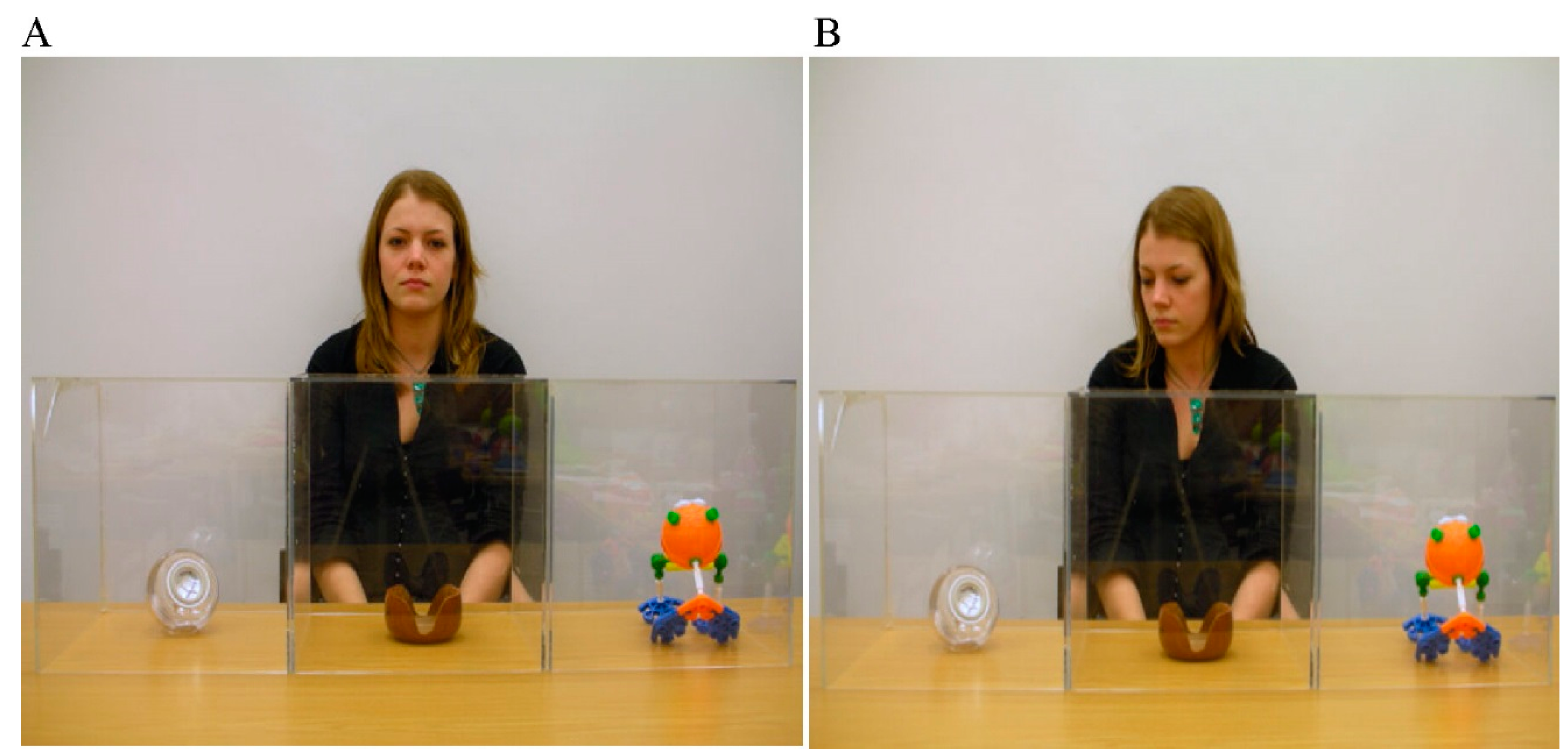

According to practitioners and users, the assistant helps to mitigate sensory, motor, attentional, and self-regulatory challenges many nonspeaking autistic people face 8. Most nonspeaking autistic people who communicate in these ways require assistance from another person-someone who physically supports their typing finger or wrist, for example, or someone who holds a letterboard in front of them as they independently point to letters. But they have also generated controversy.

These methods have enabled some individuals to graduate from college 5, to write acclaimed poetry and essays 6, and to publish a best-selling memoir 7. However, some nonspeaking autistic people have learned to communicate by typing on a keyboard or pointing to letters printed on a letterboard 4. Not having a way to communicate effectively using language is arguably the most significant aspect of their disability, severely limiting educational, social, and employment opportunities. About 30% of autistic children and adults have limited ability to communicate using speech 2, and most are never provided access to an effective alternative language-based means of communication 3. The blanket dismissal of assisted autistic communication is therefore unwarranted.Ĭommunication-the sharing of information, beliefs, and desires with other individuals-is so essential to well-being that it is considered a fundamental human right 1. These findings render a cueing account of participants’ performance unlikely: The speed, accuracy, timing, and visual fixation patterns suggest that participants pointed to letters they selected themselves, not letters they were directed to by the assistant. Additionally, their response times reflected planning and production processes characteristic of fluent spelling in non-autistic typists. Participants pointed to about one letter per second, rarely made spelling errors, and visually fixated most letters about half a second before pointing to them. We measured the speed and accuracy with which they looked at and pointed to letters as they responded to novel questions. In the study reported here, we used head-mounted eye-tracking to investigate communicative agency in a sample of nine nonspeaking autistic letterboard users. Indeed, some scientists have dismissed the possibility that any nonspeaking autistic person who communicates with assistance could be conveying their own thoughts. But this method is controversial because it requires the assistance of another person-someone who holds a letterboard in front of users and so could theoretically cue them to point to particular letters. Some have learned to communicate by pointing to letters of the alphabet. About one-third of autistic people have limited ability to use speech.


 0 kommentar(er)
0 kommentar(er)
